Muslin: description, varieties and care tips
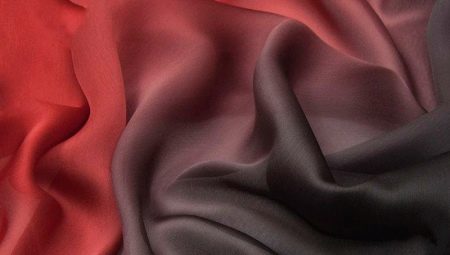
Lightweight and airy-looking fabrics will always be in great demand among consumers. Today the assortment of such materials is quite large, and various interesting novelties appear in it all the time. However, even those materials, the history of which has been going on for more than one century, are still widely used. Products made of muslin, a translucent fabric that first appeared in the East and, a hundred years later, conquered all of medieval Europe, is in great demand today.
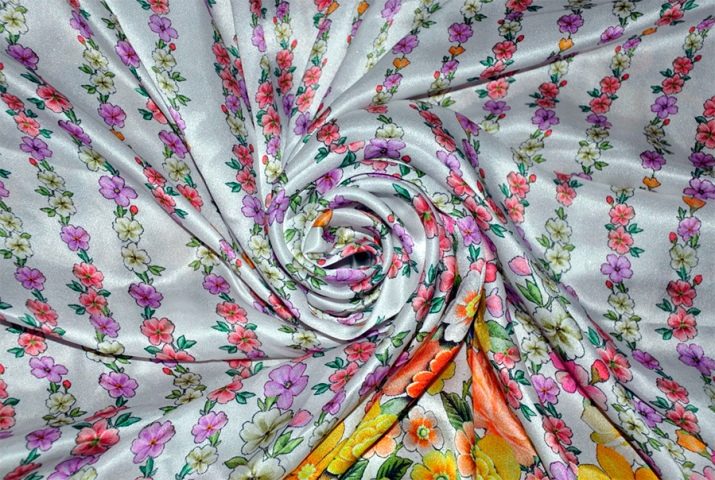
What it is?
Muslin can be called an extremely delicate cotton fabric with the smallest weave of the threads used. In Europe, muslin first appeared thanks to Iranian traders, the material gained the widest popularity in France - it began to be actively used as an extremely light and beautiful fabric for sewing various types of clothing. This fabric was used to sew both home textiles and luxurious blouses or dresses for wearing in hot weather. A description of this material and its positive features can be found in many literary works of eminent classics.
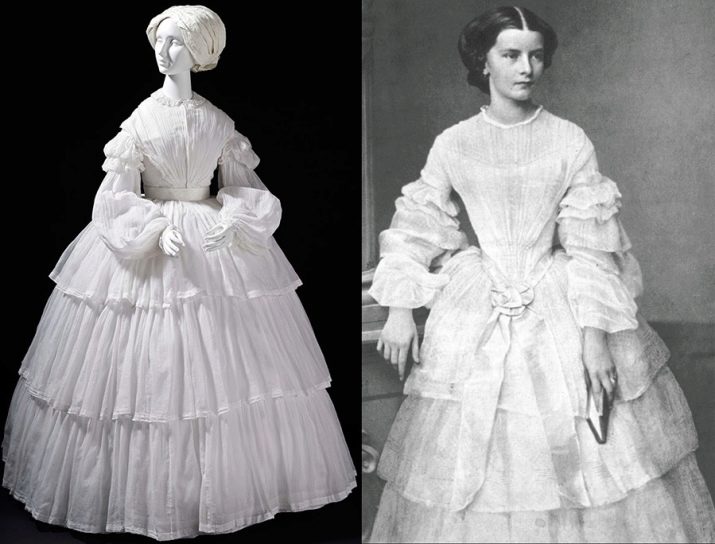
Composition
Muslin is made from a special material called calico - this is a rather thin, but at the same time, quite harsh cotton fabric. Calico can be called a semi-finished product or a blank, from which other materials can be obtained in the future, for example, chintz or leatherette. Unprocessed calico will have an unattractive grayish tint. This material can be easily used independently, without any processing. It is still used to upholster various furniture or to produce very simple, cheap clothing.

To make muslin from calico, it is subjected to almost "cosmetic" procedures - it is whitened with high quality, and soft. In this case, the material will remain slightly loose due to the twisted fibers. Muslin is a very light material, although it has a dense texture. Outwardly, the fabric looks incredibly delicate, but at the same time it has an increased resistance to wear and is very practical when used.
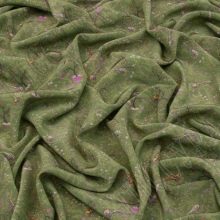
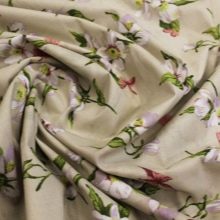
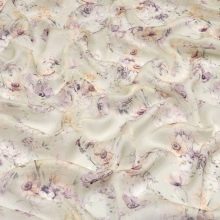
Properties
High-quality muslin is easily recognizable due to its incredible softness and semi-transparent texture. Among the main advantages of this fabric are the following characteristics:
- airy lightness and amazing thinness - the muslin product will not interfere with your movements, it has a very low weight;
- this material is the most comfortable for hot weather, it will perfectly pass air currents so that heat does not accumulate in the space between clothes and skin;
- natural material perfectly absorbs moisture and dries quickly enough;
- the fabric lends itself well to drapery - it will help to create original folds and will perfectly fit the figure;
- all types of muslin are made only from natural fibers, without synthetics;
- the fabric is hypoallergenic, it will not irritate the skin while wearing such clothes;
- its exceptional strength and durability make this material very popular.
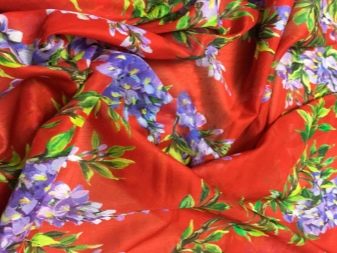
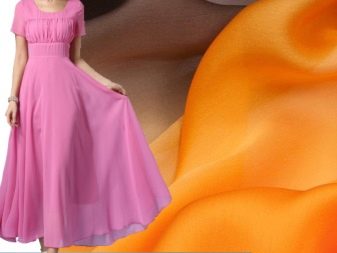
Muslin also has disadvantages:
- the silk look of the fabric is very expensive;
- cotton muslin wrinkles a lot;
- over time, the seams on the fabric may disperse, and the material itself may tear;
- dyed muslin will fade in the sun and shed heavily;
- the material can deform under the influence of high temperatures, for example, when ironing with a very hot iron;
- the fabric does not retain heat.
Varieties
The main characteristic of any muslin subspecies is its 100% naturalness. Nowadays, such fabric can be produced not only from cotton, but also from materials such as wool, silk and linen, while synthetics are by no means included here. Depending on the available composition, the following types of material can be distinguished.
- Wool muslin - very warm and soft, slightly translucent material. A fabric made of the finest threads of wool is also called muslindelin. Compared to other types, it is in much less demand, despite the rather low price. The wool material will be characterized by a volumetric structure and weightlessness. Wool muslin items are very durable.
Most often there are muslin sweaters and shawls; you can even find hats made of this type of fabric. Such products will warm up perfectly in the most severe frosts (and this despite their outwardly delicate appearance).
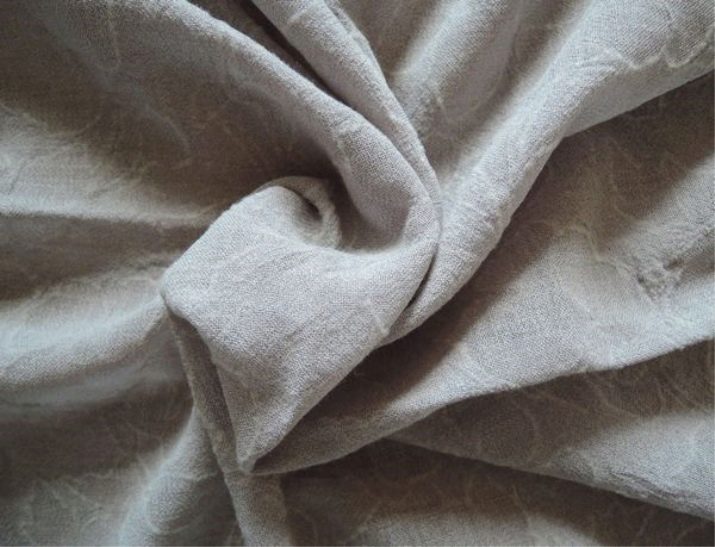
- Cotton muslin Is a thin, half-transparent matter. This kind of muslin is usually used to produce comfortable women's and children's clothing, bedding and underwear, and original curtains. In hot countries, large companies often order overalls for their employees from this fabric.
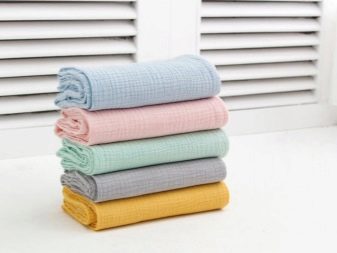
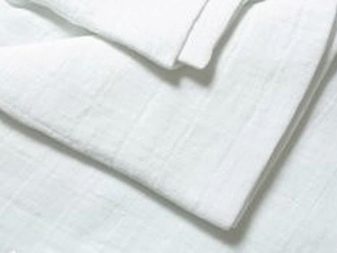
- Silk muslin - This is an expensive, very smart and elegant kind of material. Produced with very high quality requirements for the fabric, which is made from tightly twisted yarns. Silk muslin is very pleasant to the touch, it is smooth and almost weightless. Silk clothes are comfortable enough to wear. Silk material is perfect for elegant cocktail and evening dresses. In addition, the shops sell muslin bodysuits and blouses, comfortable shirts and stylish skirts.
Many of the characteristic features of such a cloth are in many ways similar to the characteristics of real silk: in such clothes you will feel confident even in unbearable heat, and the beneficial effect of silk on the body is well known to everyone.

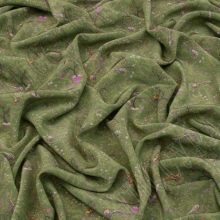
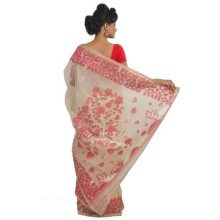
Where is it used?
Muslin is usually sewn:
- light dresses and weightless blouses, summer light sundresses and lightweight trousers;
- summer jumpers and warmer sweaters;
- beautiful shawls, stoles, shawls and scarves;
- clothes for babies;
- underwear;
- curtains and various curtains;
- tablecloths and table napkins;
- overalls for use in hot climates.
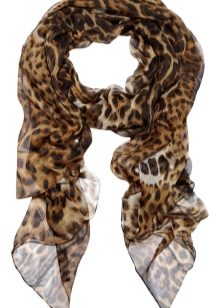

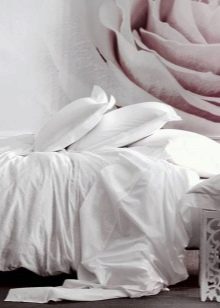
Cotton muslin can be produced:
- underwear and bedding sets;
- diapers and undershirts;
- curtains, canopies for children's rooms.

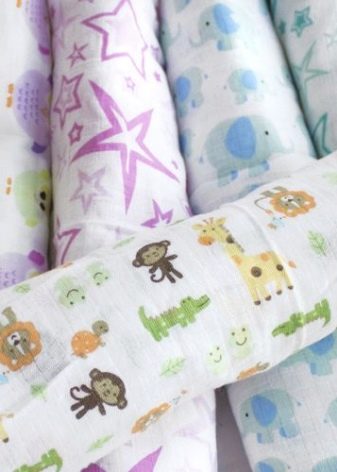
Muslin with woolen threads are used to make:
- different hats and caps;
- scarves and large warm stoles;
- warm blouses and pullovers.
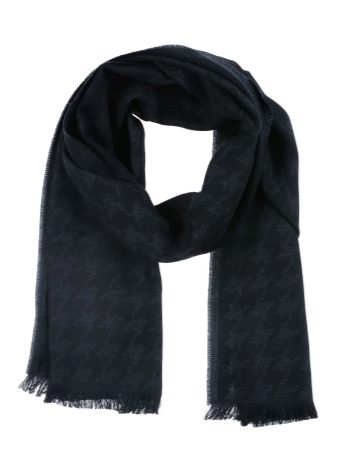
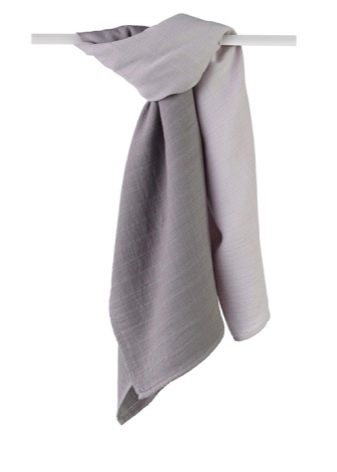
Silk material is great for:
- evening flowing dresses;
- lightweight scarves;
- decorative curtains and unusual curtains.
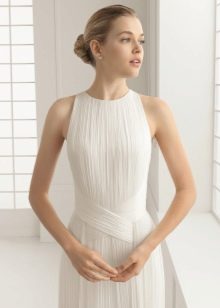
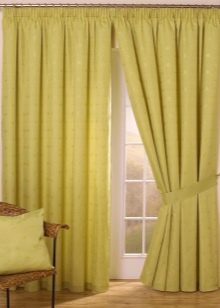
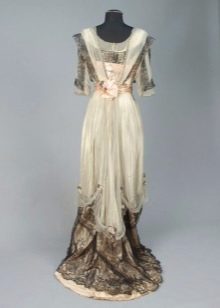
The demand for muslin made of cotton threads can be largely explained by its use in creating high-quality and comfortable bed linen. If we briefly define the main characteristic features of this material, then its choice for the production of bed linen will be quite obvious to everyone.
- Light weight, if we compare this material with the popular calico and satin.
- Strength. But muslin is a fairly thin material, while you should not forget that it is reliable and durable, and with proper care it can easily withstand a huge number of washes and last more than one year.
- Increased hygiene and environmental friendliness natural cotton is highly prized by the modern consumer. This is exactly the material, releasing which manufacturers have tried to reduce to a minimum any harmful effect, therefore, using such underwear, you can not be afraid of an allergic reaction or skin rashes.
- Excellent breathability. The fabric provides excellent thermoregulation of the human body; it is not very hot to sleep on muslin linen even in the hottest summer.

Care features
In order for the muslin to retain its aesthetic appearance, it must be properly maintained. Do not forget that muslin is a 100% natural fabric, so it requires special attention.
- Muslin can be washed both by hand and in a regular washing machine. The most suitable mode for this purpose is "delicate". The water temperature should not be higher than 35-40 degrees.
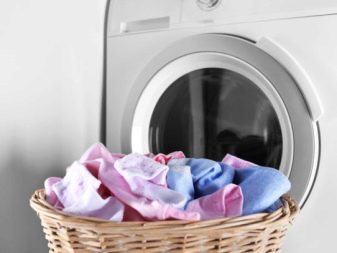
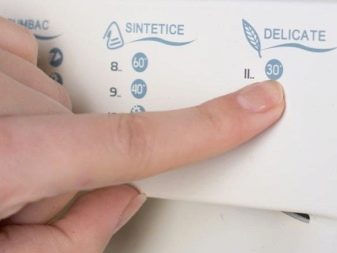
- When washing muslin clothes, do not use various types of bleaches or detergent concentrates. The use of these funds can be allowed in individual cases and only in a diluted form.
- White garments and colored muslin must be washed separately.
- After the washing process is completed, the muslin is thoroughly rinsed, washed thoroughly (without twisting), starch is not used to maintain the shape of things.
- Dry such products only straightened, best of all - in a dark place or in a well-ventilated room.
- Iron this material when it is not yet completely dry, you can also use steaming, but it is necessary to protect the material from contact with the iron.

Muslin is a lightweight and comfortable fabric for everyday wear, ideal for late spring and sweltering summer. Experts consider cotton muslin to be the most popular type of material, since it is very durable, very beautiful, and available to everyone. Not the most complicated rules for caring for this fabric will help you keep your favorite summer thing in excellent condition for many seasons to come.



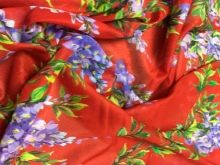
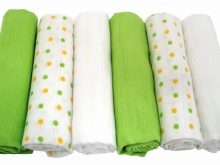
Next, see the benefits of muslin baby diapers.









I got acquainted with muslin a year ago and now I cannot get enough of its quality and properties. I have invented and sewed many models of women's clothing. Muslin is comfortable to wear because it is very lightweight and at the same time durable.Over time, when worn, the "crunchy" effect is slightly smoothed out, but not critical, and after washing it looks even better than even in its original form.